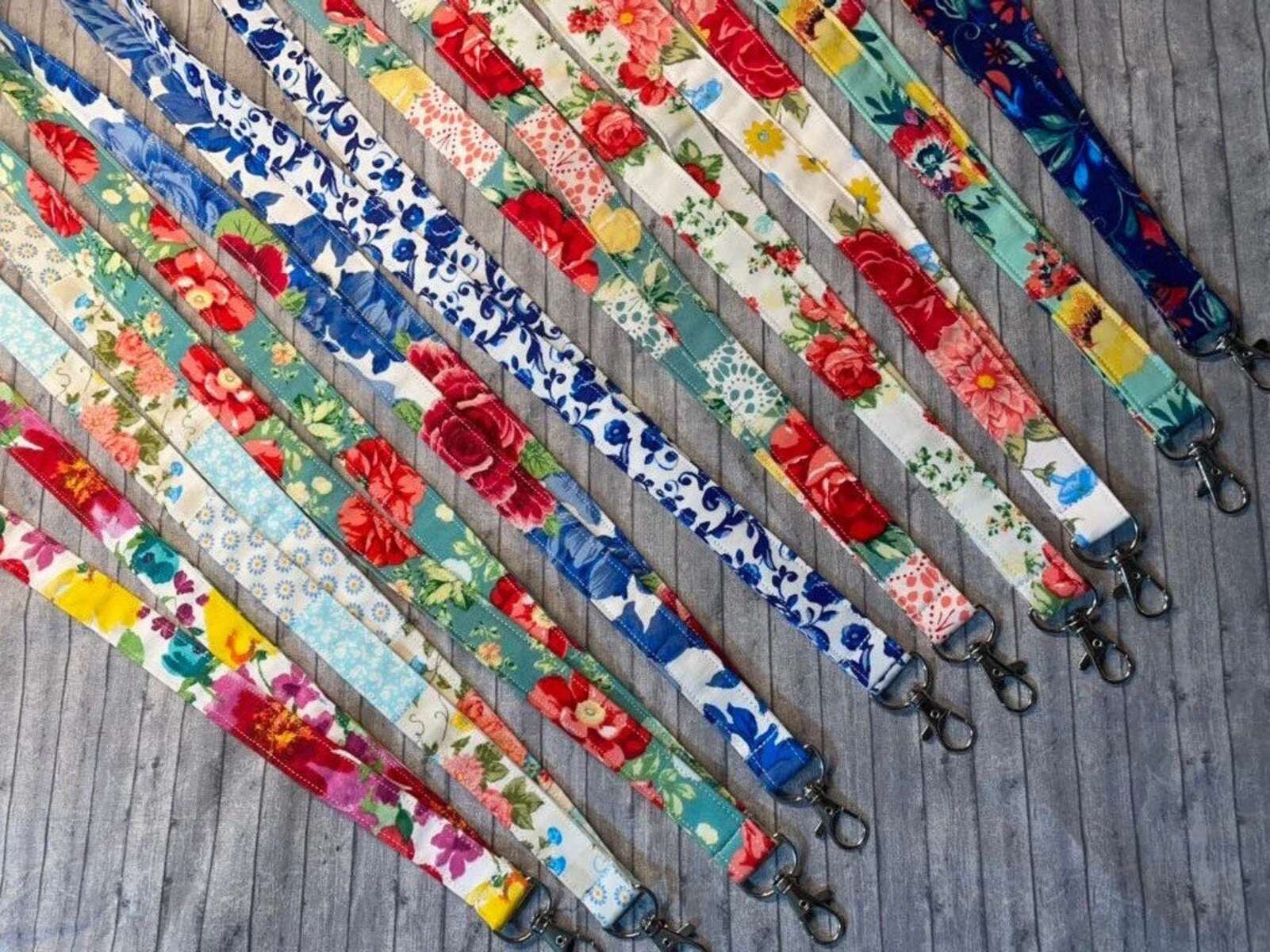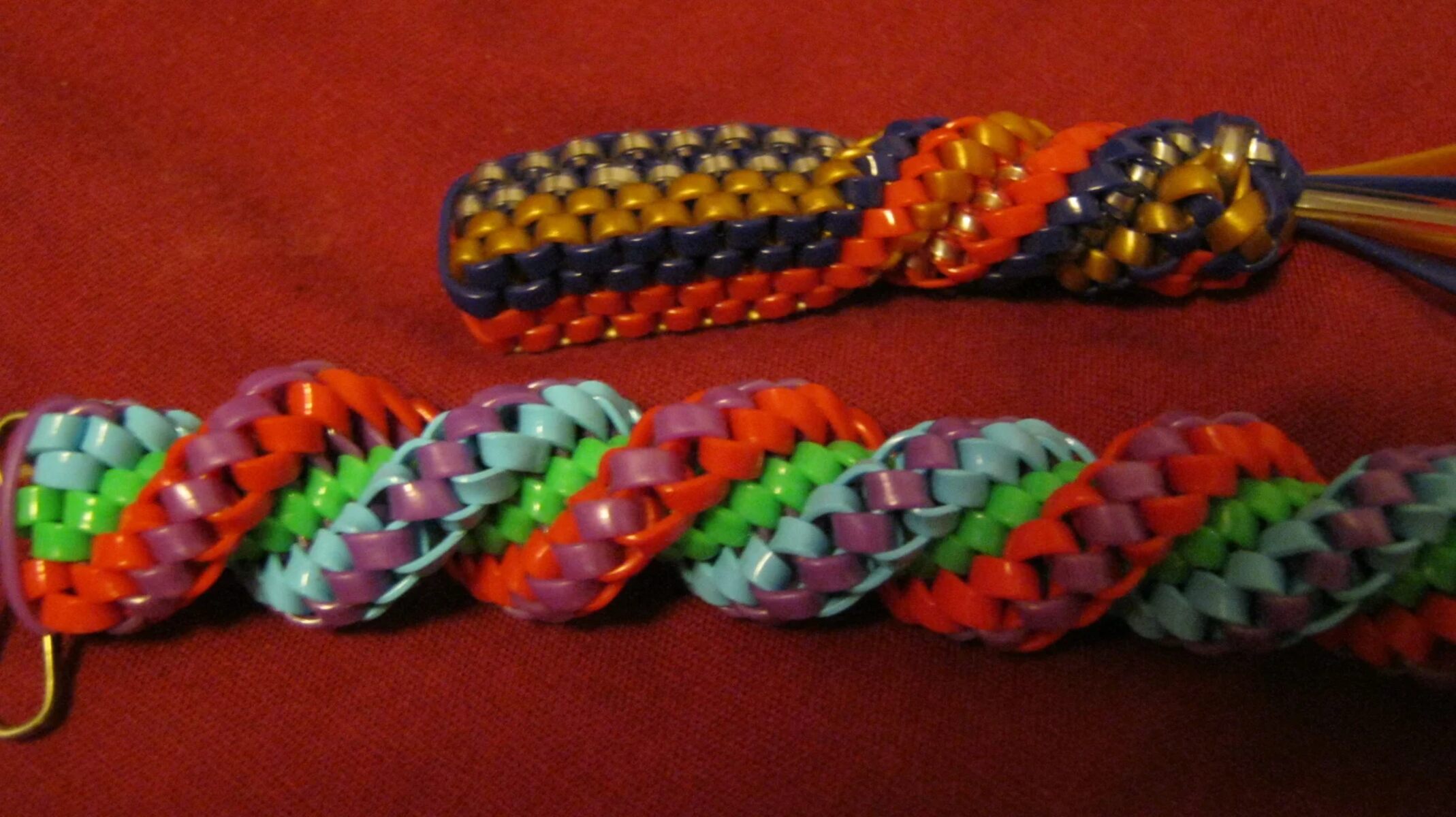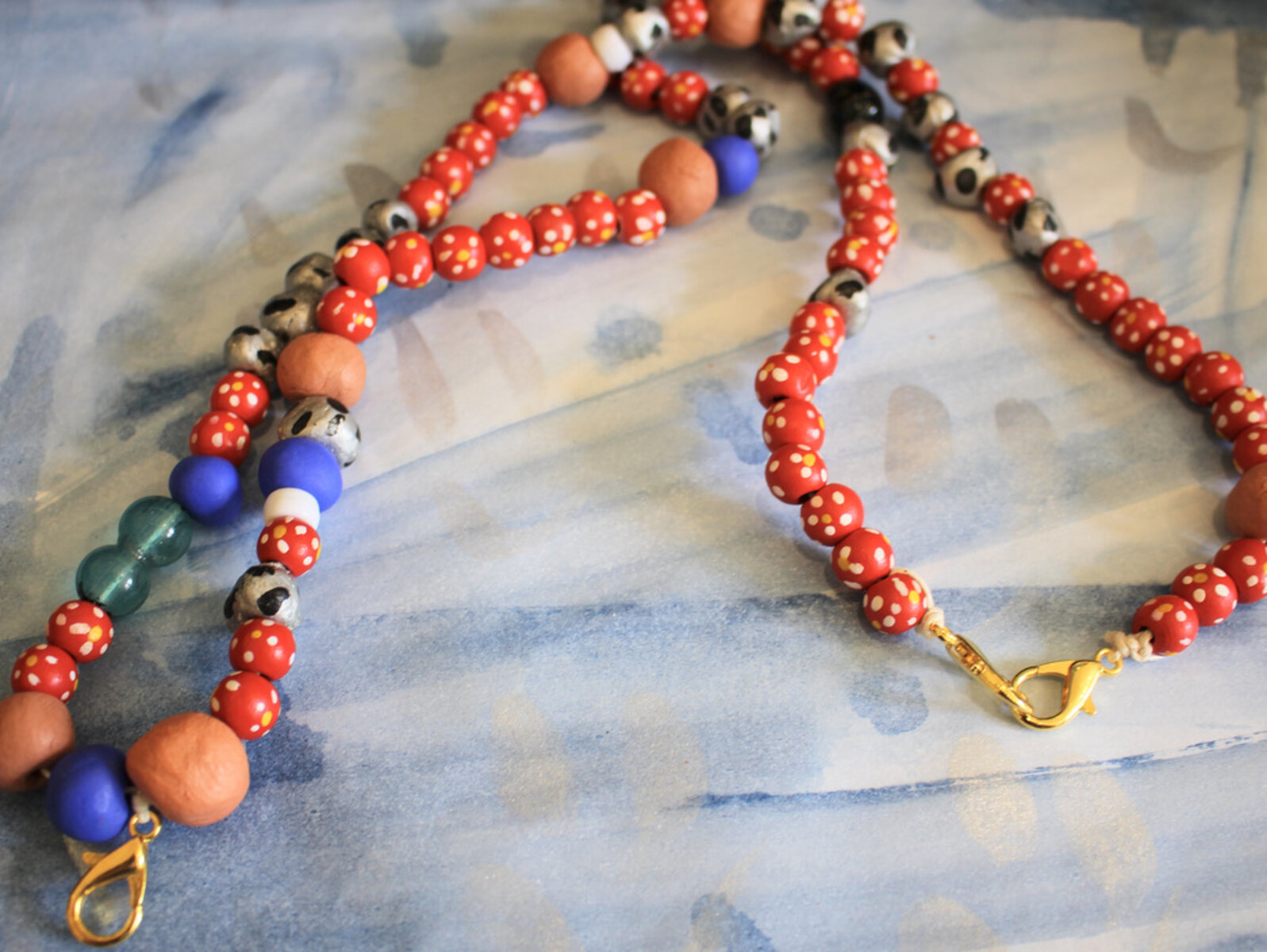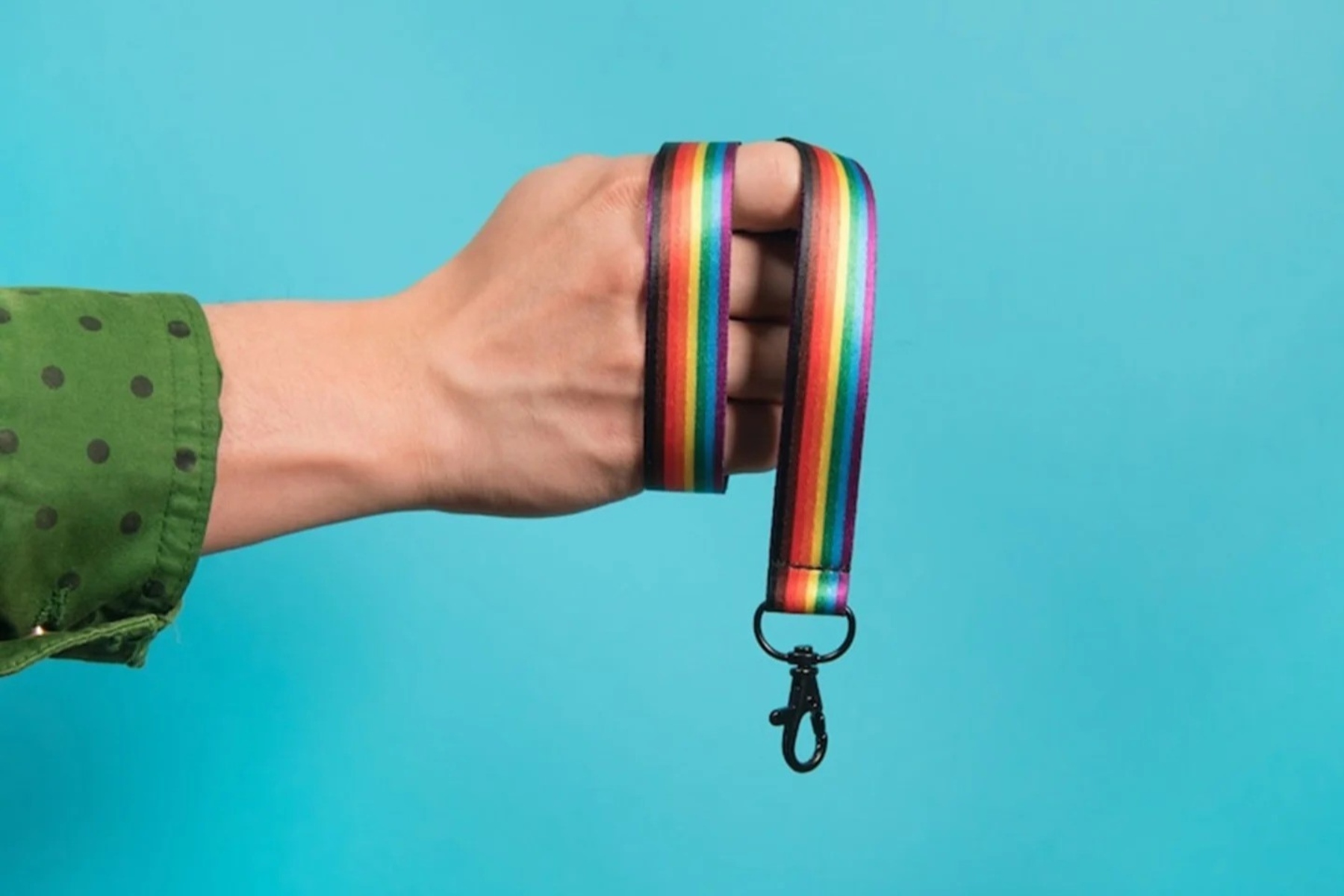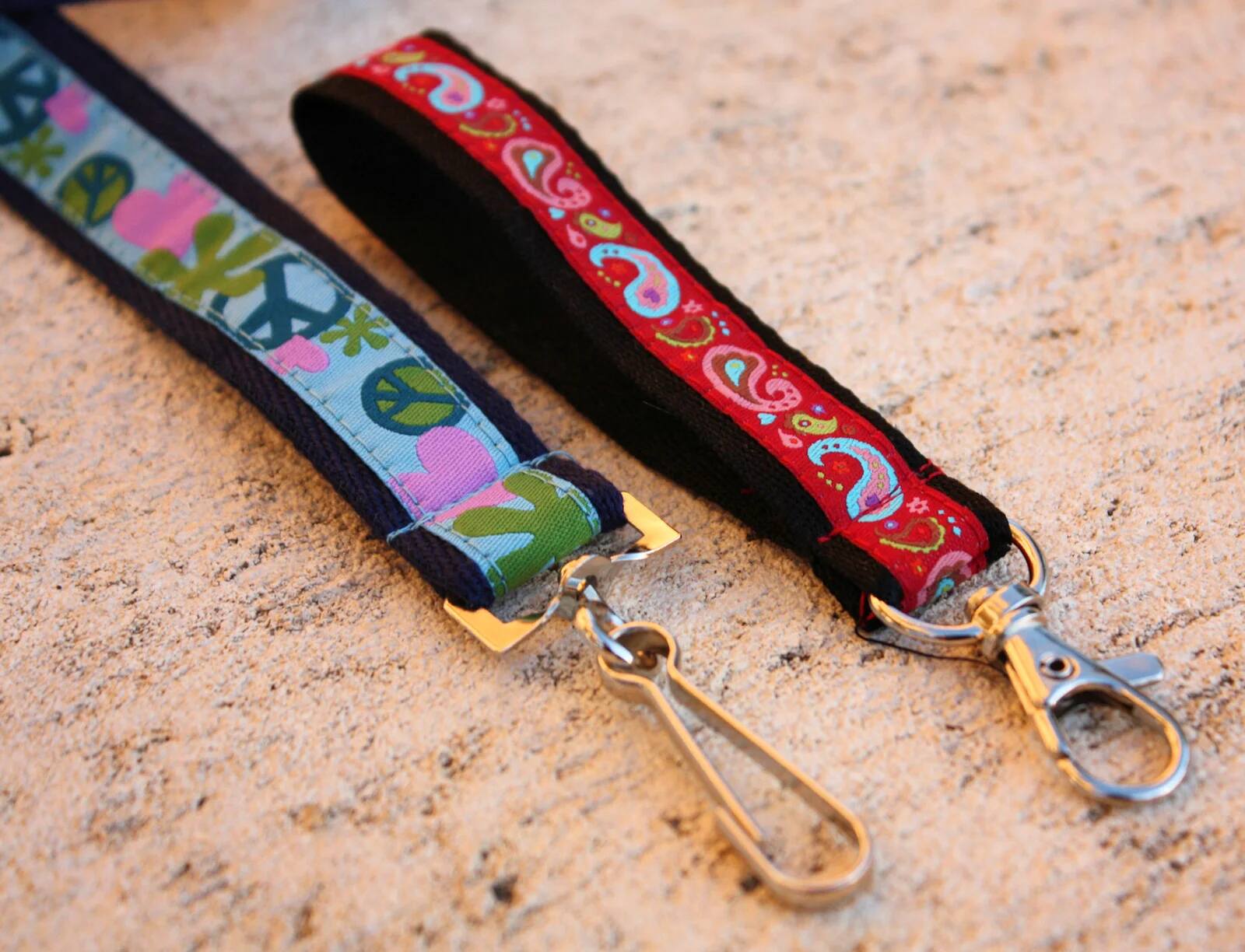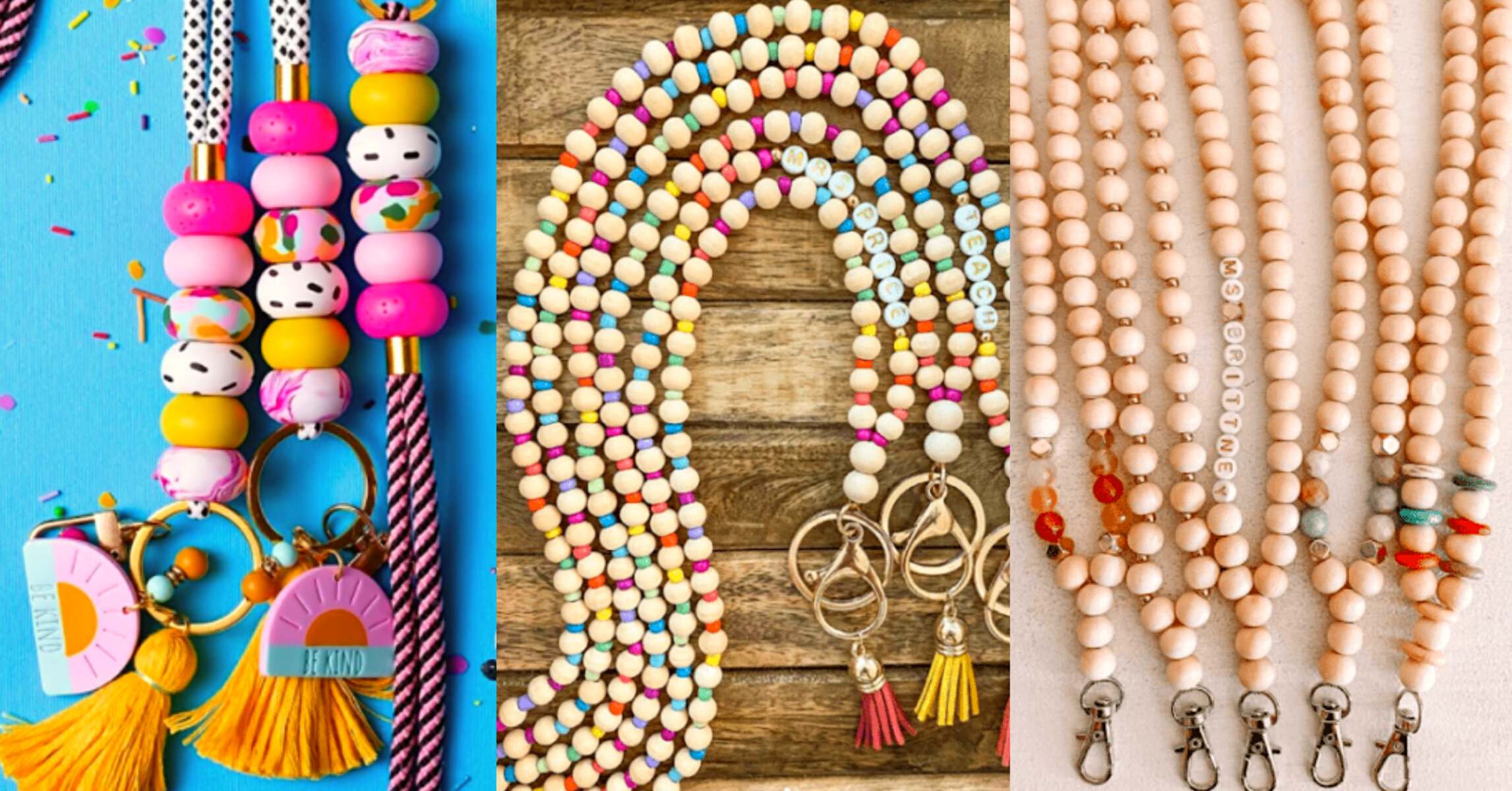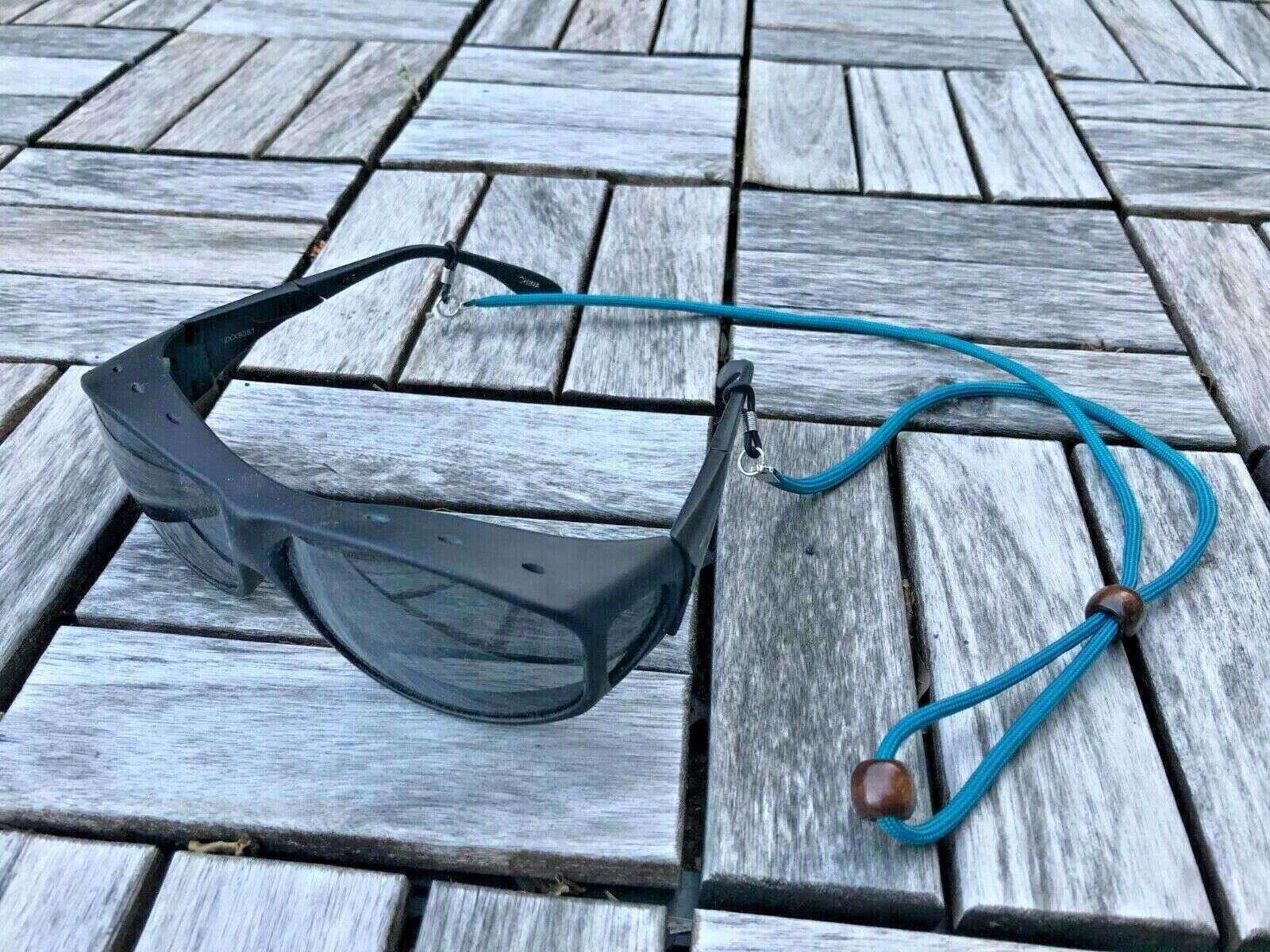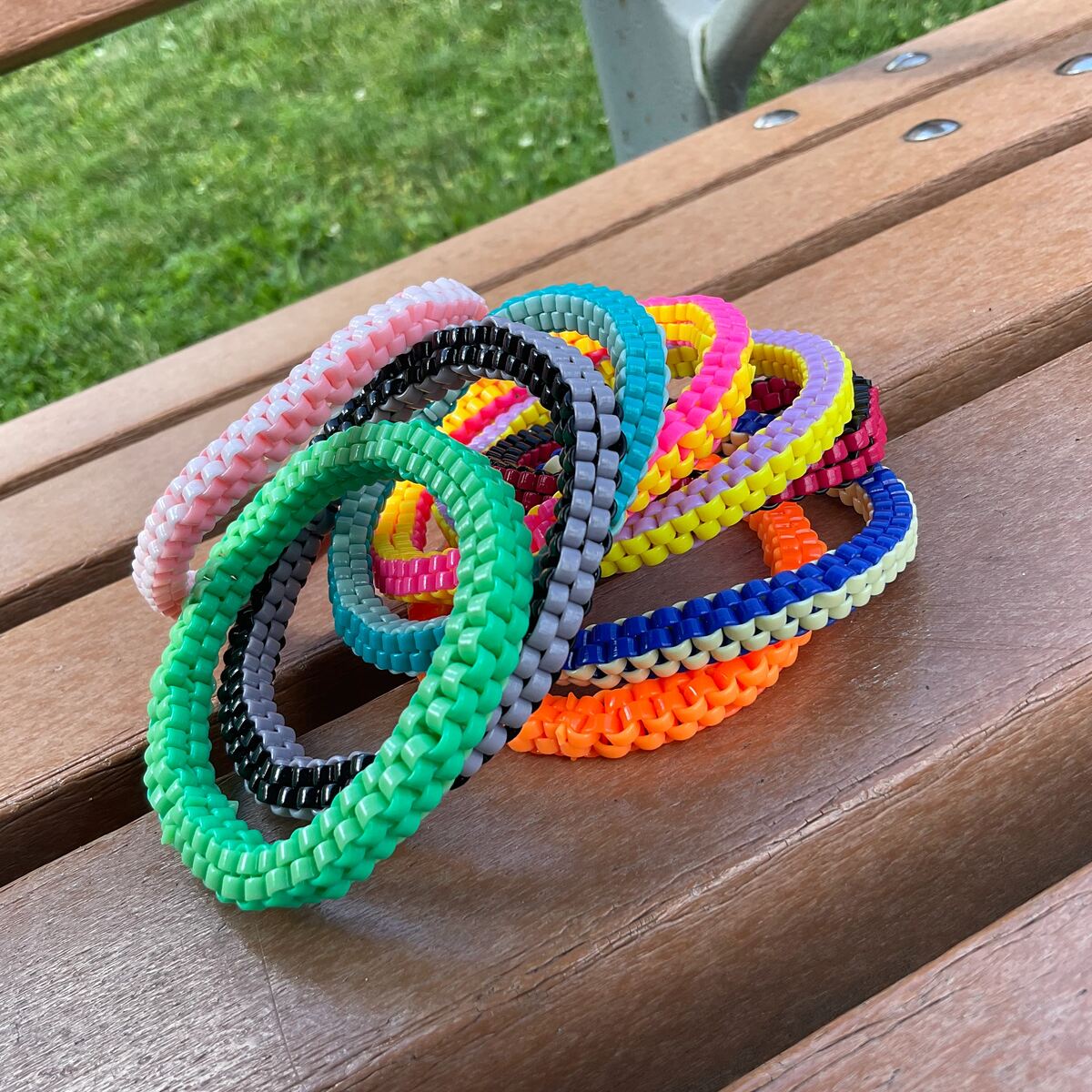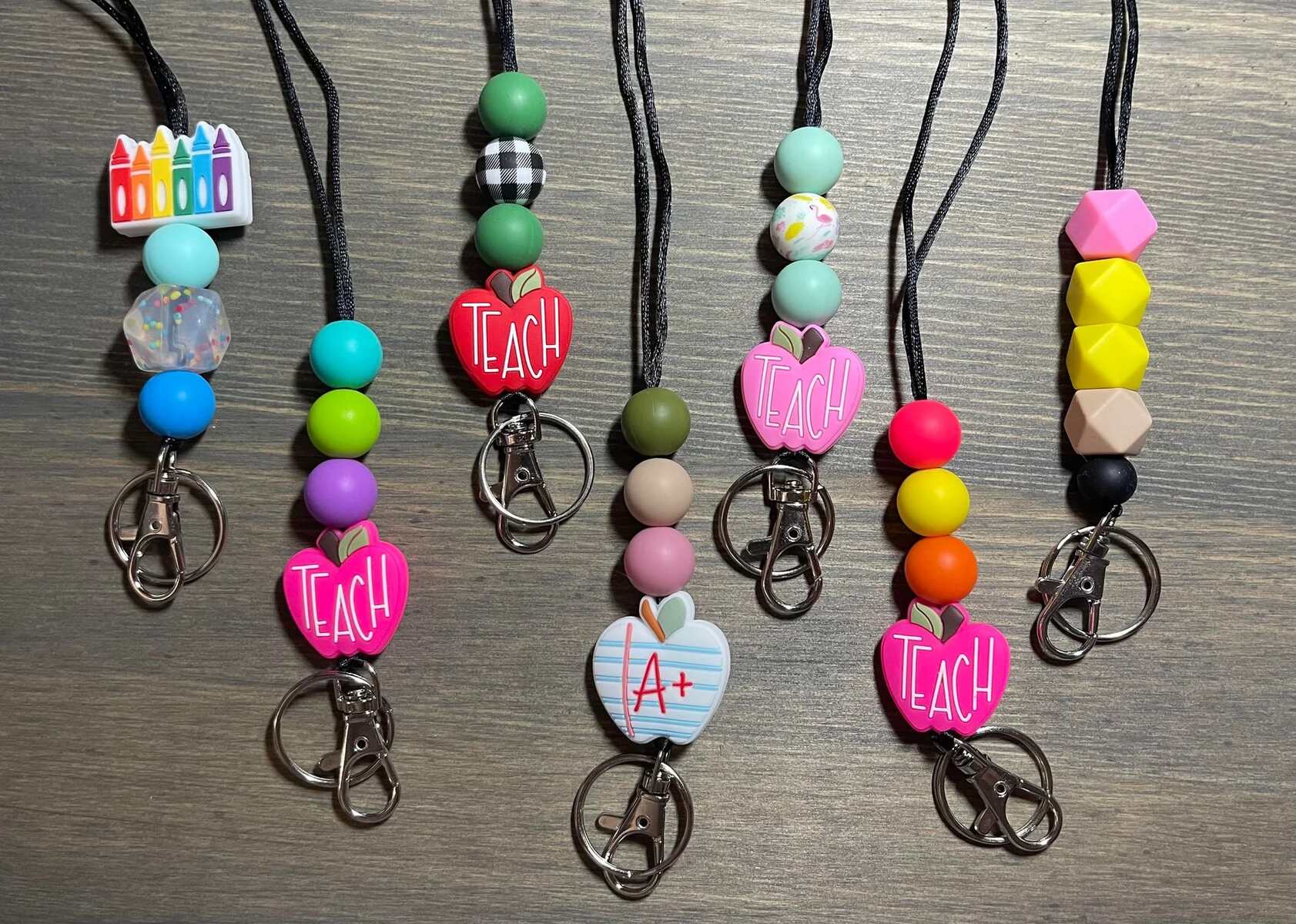Introduction
Lanyards are often overlooked, yet they play a significant role in our daily lives. These simple, versatile accessories have a wide range of uses, from holding identification badges at work to keeping keys secure during outdoor activities. Despite their unassuming appearance, lanyards are essential tools that offer both functionality and style.
In this comprehensive guide, we will delve into the world of lanyards, exploring their various types, materials, customization options, and safety considerations. Whether you're a professional seeking the perfect lanyard for your team or an individual looking to personalize a lanyard for personal use, this article will equip you with the knowledge needed to make informed decisions.
From the practical to the fashionable, lanyards have evolved to cater to diverse needs and preferences. By understanding the basics and exploring the possibilities, you'll gain a newfound appreciation for these seemingly simple yet remarkably versatile accessories. So, let's embark on this journey to unravel the world of lanyards and discover the myriad ways they can enhance our daily lives.
What are Lanyards?
Lanyards are versatile straps or cords typically worn around the neck or wrist. They are designed to hold and display items such as identification badges, keys, whistles, or small electronic devices. Lanyards are commonly constructed from durable materials such as nylon, polyester, or cotton, ensuring their ability to withstand daily wear and tear.
These accessories often feature a clip, hook, or swivel attachment that allows for easy attachment and removal of items. The length of lanyards varies, providing flexibility to accommodate different needs and preferences. Some lanyards are adjustable, while others have a fixed length.
Beyond their practical uses, lanyards have also become a popular means of self-expression and branding. They are available in a wide array of colors, patterns, and designs, allowing individuals and organizations to showcase their unique style or promote their brand.
In addition to their functional and aesthetic appeal, lanyards serve as a convenient way to keep essential items within easy reach. Whether in a professional setting, at a conference, or during recreational activities, lanyards offer a hands-free solution for carrying and displaying important items.
Overall, lanyards are simple yet indispensable accessories that have seamlessly integrated into various aspects of modern life. Their versatility, durability, and potential for customization make them a practical and stylish choice for individuals and organizations alike.
Types of Lanyards
Lanyards come in a variety of types, each tailored to specific functions and preferences. Understanding the different types can help individuals and organizations choose the most suitable lanyard for their needs. Here are the main types of lanyards:
-
Standard Lanyards: These are the most common type of lanyards, featuring a simple strap with a clip or hook attachment. They are widely used for holding ID badges, keys, and small items. Standard lanyards are available in various colors and materials, making them versatile for different settings.
-
Retractable Lanyards: Also known as retractable badge reels, these lanyards feature a mechanism that allows the attached item, such as an ID badge, to be extended and retracted as needed. This design offers convenience and flexibility, especially in work environments where frequent badge scanning is required.
-
Breakaway Lanyards: Safety is paramount, especially in settings where lanyards are worn around machinery or equipment. Breakaway lanyards feature a safety mechanism that allows the lanyard to break apart when pulled with force, reducing the risk of injury or strangulation.
-
Fashion Lanyards: These lanyards prioritize style and aesthetics, often incorporating trendy designs, patterns, and embellishments. Fashion lanyards are popular among individuals who want to add a personal touch to their accessories while still benefiting from the functionality of a lanyard.
-
Custom Printed Lanyards: Organizations often opt for custom printed lanyards to promote their brand or convey specific messages. These lanyards can feature logos, slogans, or custom designs, serving as a form of subtle yet effective marketing.
-
Reflective Lanyards: Designed with safety in mind, reflective lanyards feature reflective materials that enhance visibility in low-light conditions. They are commonly used in outdoor activities, construction sites, or any environment where visibility is crucial.
-
Eco-Friendly Lanyards: With a growing emphasis on sustainability, eco-friendly lanyards are gaining popularity. These lanyards are made from recycled or biodegradable materials, appealing to environmentally conscious individuals and organizations.
Understanding the diverse range of lanyard types allows individuals and organizations to make informed choices based on their specific needs, preferences, and the intended usage environment. Whether it's for practicality, safety, style, or sustainability, there's a lanyard type to suit every requirement.
Materials Used for Lanyards
Lanyards are crafted from a variety of materials, each offering distinct characteristics and benefits. The choice of material significantly influences the lanyard's durability, comfort, and overall aesthetic appeal. Understanding the different materials used for lanyards is essential for selecting the most suitable option for specific needs and preferences.
Nylon
Nylon lanyards are popular for their exceptional strength and durability. They are highly resistant to abrasion, making them ideal for long-term use in various environments. Additionally, nylon lanyards are available in a wide range of colors and can be easily customized, offering versatility and visual appeal.
Polyester
Polyester lanyards are known for their affordability and vibrant color options. They are resistant to stretching and shrinking, retaining their shape and appearance over time. Polyester lanyards are favored for their ability to showcase intricate designs and detailed logos with sharp clarity.
Cotton
Cotton lanyards are valued for their softness and comfort against the skin. They are an excellent choice for events or activities where lanyards are worn for extended periods. While cotton lanyards may have a more casual appearance, they offer a natural and eco-friendly option for those seeking a sustainable choice.
Woven
Woven lanyards are crafted using a weaving process that integrates the design directly into the lanyard fabric. This results in a durable and high-quality finish, making woven lanyards ideal for showcasing intricate patterns, logos, or text. The woven technique ensures that the design remains vivid and long-lasting.
Tubular
Tubular lanyards feature a tube-like construction, providing a comfortable and lightweight option for everyday use. They are often made from polyester or nylon and offer a smooth, rounded surface that rests comfortably against the skin. Tubular lanyards are favored for their flexibility and ease of customization.
Satin
Satin lanyards exude elegance and sophistication, making them a popular choice for special events, VIP access, or luxury branding. The smooth and lustrous texture of satin fabric enhances the visual appeal of these lanyards, adding a touch of refinement to any occasion.
Reflective
Reflective lanyards are constructed using materials that contain reflective elements, enhancing visibility in low-light conditions. These lanyards are commonly used in outdoor settings, construction sites, or events where safety and visibility are paramount.
By understanding the unique characteristics of each material, individuals and organizations can make informed decisions when selecting lanyards that best align with their functional, aesthetic, and sustainability requirements.
Common Uses of Lanyards
Lanyards serve a multitude of practical purposes across various settings, making them indispensable accessories in modern-day life. Their versatility and ease of use have led to widespread adoption in a wide range of applications. Here are some common uses of lanyards:
-
Identification and Access Control: Lanyards are extensively used to display identification badges, access cards, and security credentials in professional environments. Employees, visitors, and event attendees often wear lanyards to prominently display their identification, allowing for quick and easy verification of credentials.
-
Key and Accessory Management: Lanyards provide a convenient solution for keeping keys, small tools, and accessories within reach. Whether in an office, at a trade show, or during outdoor activities, lanyards offer a hands-free way to securely carry and access essential items.
-
Promotional and Branding Purposes: Many organizations leverage custom printed lanyards as a subtle yet effective marketing tool. By featuring company logos, slogans, or brand colors, lanyards serve as a means of promoting brand visibility and recognition.
-
Event and Conference Management: Lanyards play a vital role in event organization by providing a visible means of identification for participants, staff, and volunteers. Customized lanyards with event branding can enhance the professional and cohesive appearance of the attendees.
-
Safety and Security: In industrial and construction settings, lanyards are used for attaching safety whistles, small tools, or personal protective equipment. Breakaway lanyards are particularly crucial in environments where the risk of entanglement or injury exists.
-
Educational and Institutional Settings: Schools, universities, and educational institutions utilize lanyards for student and staff identification, campus access, and library card management. Customized lanyards can also foster a sense of community and pride within educational institutions.
-
Medical and Healthcare Applications: In healthcare facilities, lanyards are employed to hold identification badges for medical staff, providing quick and visible identification to patients and visitors. Additionally, lanyards can be used to carry essential medical tools or access control cards.
-
Recreational and Sporting Activities: Lanyards are valuable accessories for outdoor enthusiasts, hikers, campers, and athletes. They offer a secure way to carry items such as whistles, compasses, water bottles, or small electronic devices during recreational pursuits.
By understanding the diverse applications of lanyards, individuals and organizations can harness the practicality, safety, and promotional opportunities that these versatile accessories offer. Whether in professional, recreational, or educational settings, lanyards continue to play an essential role in enhancing convenience, security, and brand representation.
Customization Options for Lanyards
Customization is a key aspect that sets lanyards apart as versatile accessories for personal and organizational use. The ability to tailor lanyards to specific preferences, branding requirements, and functional needs has led to an array of customization options that cater to a diverse range of applications.
Color and Pattern Selection
One of the most basic yet impactful customization options is the selection of colors and patterns. Lanyards are available in a wide spectrum of hues, allowing individuals and organizations to choose colors that align with their brand identity, event themes, or personal preferences. Additionally, patterns such as stripes, checks, or gradients can add a distinctive touch to lanyards, making them visually appealing and reflective of specific styles.
Logo and Text Imprinting
Custom printed lanyards offer the opportunity to feature logos, slogans, or text, effectively transforming lanyards into branding tools. Companies and organizations can imprint their logos and taglines onto lanyards, creating a subtle yet effective means of promoting brand visibility. Similarly, personalized text, such as names or event details, can be added to lanyards, making them unique and memorable for specific occasions or individuals.
Material Selection and Finish
The choice of lanyard material and finish contributes significantly to customization. Different materials, such as nylon, polyester, or woven fabric, offer distinct textures and visual qualities. Additionally, finishes such as matte, glossy, or textured surfaces can further enhance the overall look and feel of lanyards, allowing for customization that aligns with specific aesthetic preferences.
Attachment and Accessory Options
Customization extends beyond the lanyard itself to include attachment and accessory options. Various clips, hooks, and fasteners can be selected to suit the intended use of the lanyard. For instance, badge reels, detachable buckles, or safety breakaways can be incorporated based on functional requirements and user preferences, adding versatility and practicality to the customized lanyards.
Specialized Features and Add-Ons
Incorporating specialized features and add-ons further expands the customization possibilities for lanyards. Reflective elements for enhanced visibility, detachable accessories such as bottle holders or USB holders, and safety features such as whistle attachments are among the specialized options that cater to specific needs and usage scenarios.
By leveraging these customization options, individuals and organizations can create lanyards that not only serve practical purposes but also reflect their unique style, branding, and functional requirements. The ability to tailor lanyards to specific applications and preferences underscores their versatility and relevance across a myriad of settings and purposes.
Safety Considerations for Lanyards
When utilizing lanyards in various settings, prioritizing safety considerations is paramount to mitigate potential risks and ensure the well-being of individuals. Whether in professional environments, events, or recreational activities, understanding and implementing safety measures associated with lanyard usage is crucial. Here are essential safety considerations to keep in mind:
Breakaway Mechanisms
Lanyards equipped with breakaway mechanisms are designed to release or detach when subjected to a certain amount of force. This feature reduces the risk of injury by preventing the lanyard from becoming a potential hazard in situations where it may become entangled or caught. Particularly in industrial or active settings, opting for lanyards with breakaway features enhances safety for wearers.
Length and Fit
The length and fit of a lanyard play a significant role in safety. Lanyards that are excessively long or loose may pose a tripping hazard or increase the risk of entanglement. It is essential to ensure that lanyards are appropriately sized to provide a comfortable fit without compromising safety. Adjustable lanyards offer the flexibility to customize the length according to individual preferences while maintaining safety standards.
Material Durability
Choosing lanyards constructed from durable and resilient materials contributes to their safety and longevity. High-quality materials, such as reinforced nylon or polyester, ensure that the lanyard can withstand daily wear and tear without compromising its integrity. This is particularly important in high-activity environments where lanyards are subjected to frequent movement and use.
Environment-Specific Considerations
The usage environment significantly influences safety considerations for lanyards. For instance, in industrial or construction settings, lanyards must adhere to specific safety standards and regulations to prevent accidents or injuries. Similarly, outdoor activities may necessitate lanyards with reflective elements to enhance visibility in low-light conditions, thereby enhancing safety for wearers.
Regular Inspection and Maintenance
Regular inspection and maintenance of lanyards are essential to identify signs of wear, fraying, or damage that may compromise their safety. Inspecting attachments, fasteners, and breakaway mechanisms ensures that lanyards remain in optimal condition for safe usage. Additionally, adhering to manufacturer recommendations for maintenance and replacement intervals is vital for upholding safety standards.
By incorporating these safety considerations into lanyard usage, individuals and organizations can proactively mitigate potential risks and create a secure environment for wearers. Prioritizing safety not only safeguards individuals from accidents but also underscores the responsible and conscientious use of lanyards across diverse applications and settings.
Conclusion
In conclusion, lanyards, often regarded as simple accessories, play a multifaceted role in our daily lives. From their humble origins as functional tools for holding identification badges and keys, lanyards have evolved into versatile assets that cater to a myriad of needs and preferences. Their adaptability is evident in the diverse types available, including standard, retractable, breakaway, fashion, custom printed, reflective, and eco-friendly lanyards, each tailored to specific functions and safety considerations.
The materials used for lanyards, such as nylon, polyester, cotton, woven fabric, tubular material, and satin, offer a spectrum of qualities, from durability and vibrancy to comfort and elegance. Understanding the unique characteristics of each material empowers individuals and organizations to make informed choices that align with their functional, aesthetic, and sustainability requirements.
Moreover, the common uses of lanyards span across professional, recreational, educational, and promotional domains, reflecting their ubiquitous presence in modern-day applications. Whether for identification and access control, promotional branding, safety and security, or recreational pursuits, lanyards continue to serve as indispensable accessories that enhance convenience, visibility, and brand representation.
Customization options further elevate the utility of lanyards, allowing for personalized color and pattern selection, logo and text imprinting, material and finish preferences, attachment and accessory options, and specialized features. This versatility enables lanyards to transcend mere functionality, becoming a means of self-expression, brand promotion, and tailored utility for specific applications.
Safety considerations, including breakaway mechanisms, appropriate length and fit, material durability, environment-specific factors, and regular inspection and maintenance, underscore the responsible and conscientious use of lanyards. Prioritizing safety not only mitigates potential risks but also ensures a secure and comfortable experience for lanyard wearers across diverse settings and activities.
In essence, lanyards, with their blend of functionality, customization, and safety, have seamlessly integrated into the fabric of modern life. Their unassuming appearance belies their significance as practical tools, fashion statements, and brand ambassadors. By unraveling the world of lanyards and embracing their versatility, individuals and organizations can harness the myriad ways in which these seemingly simple accessories enrich our daily experiences.







